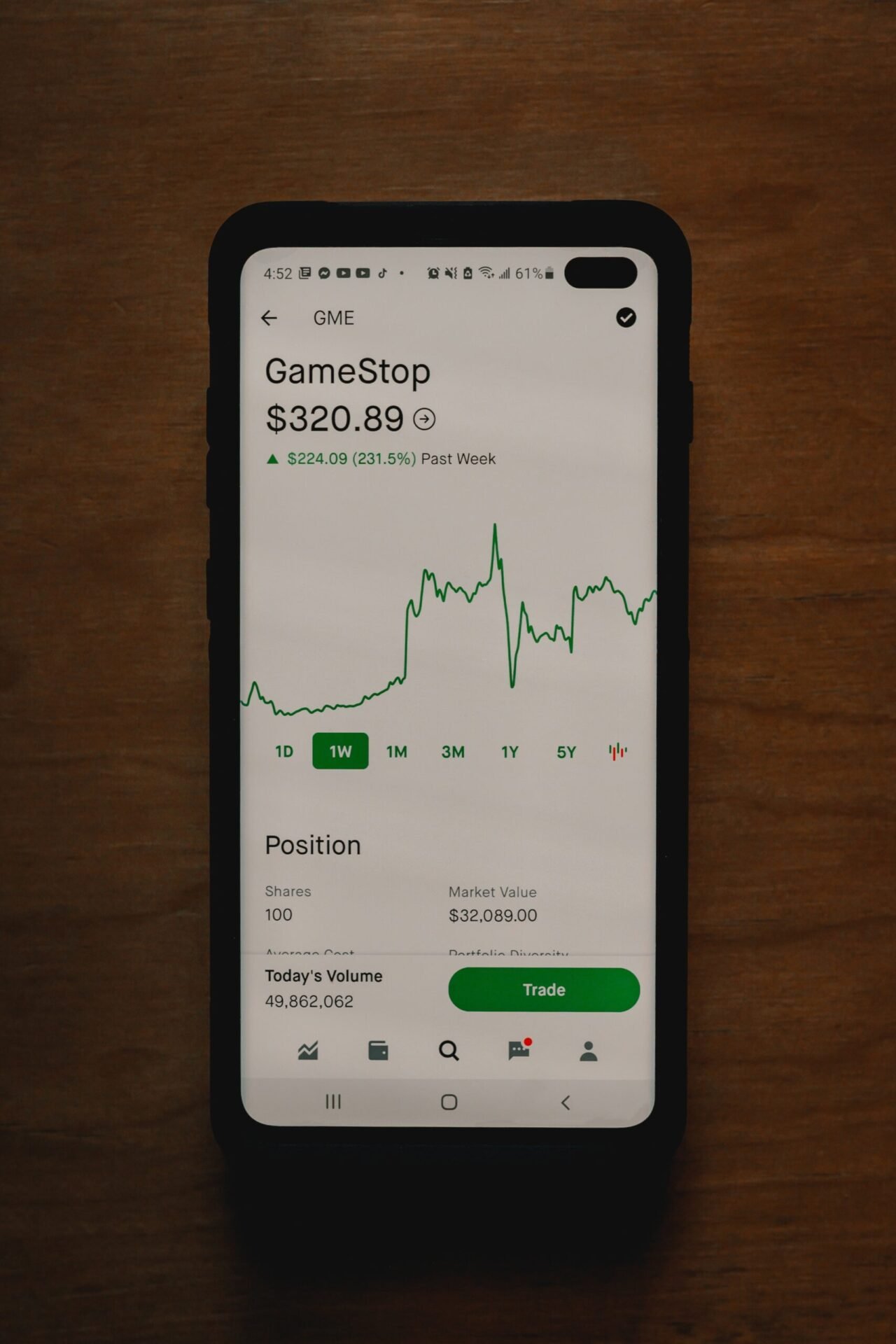Introduction
Short selling is a trading strategy used by investors to profit from a decline in the price of a security or asset. It involves selling borrowed shares or assets with the expectation of buying them back at a lower price in the future. While short selling can be a lucrative strategy, it is important to understand the process, risks, and benefits associated with it.
What is Short Selling?
Short selling is essentially a bet on the price of an asset or security going down. Investors who engage in short selling borrow shares or assets from a broker and sell them on the open market. The goal is to buy back the shares or assets at a lower price in the future and return them to the broker, pocketing the difference as profit.
Can Anyone Do It?
Short selling is typically available to professional investors and traders who have the necessary knowledge and experience to understand the risks involved. Most brokers require investors to meet certain criteria and have a margin account to engage in short selling. It is important to consult with a financial advisor or broker to determine if short selling is suitable for your investment goals and risk tolerance.
How to Do It?
The process of short selling involves the following steps:
- Open a margin account with a reputable broker.
- Borrow the shares or assets you wish to short sell from the broker.
- Sell the borrowed shares or assets on the open market.
- Monitor the market and wait for the price to decline.
- Buy back the shares or assets at a lower price.
- Return the shares or assets to the broker, closing the short position.
Risks of Short Selling
Short selling carries several risks that investors should be aware of:
- Unlimited Losses: Unlike buying a stock where the maximum loss is the amount invested, short selling has unlimited downside potential if the price of the asset increases.
- Margin Calls: If the price of the asset rises significantly, the broker may issue a margin call, requiring the investor to deposit additional funds or close the position.
- Timing Risks: Timing the market can be challenging, and short sellers may face losses if the price of the asset does not decline as anticipated.
- Short Squeeze: In some cases, a large number of short sellers trying to buy back shares at the same time can cause a short squeeze, leading to a rapid increase in the stock price.
- Regulatory Risks: Short selling is subject to regulatory restrictions and changes, which can impact the availability and profitability of the strategy.
Benefits of Short Selling
While short selling comes with risks, it also offers potential benefits:
- Profit from Declining Markets: Short selling allows investors to profit from falling prices, providing an opportunity to make money even when the overall market is bearish.
- Hedging: Short selling can be used as a hedging strategy to offset losses in other positions or portfolios during market downturns.
- Price Discovery: Short sellers provide liquidity to the market and help in the discovery of fair market prices by identifying overvalued assets.
- Portfolio Diversification: Short selling provides an additional tool for diversifying investment portfolios, allowing investors to benefit from both rising and falling markets.
- Potential High Returns: Successful short selling trades can yield significant profits if the price of the asset declines substantially.
Conclusion
Short selling can be a valuable trading strategy for experienced investors looking to profit from declining prices. However, it is important to understand the risks involved and have a solid understanding of the market dynamics. Consulting with a financial advisor or broker is crucial before engaging in short selling to ensure it aligns with your investment goals and risk tolerance.





Be First to Comment